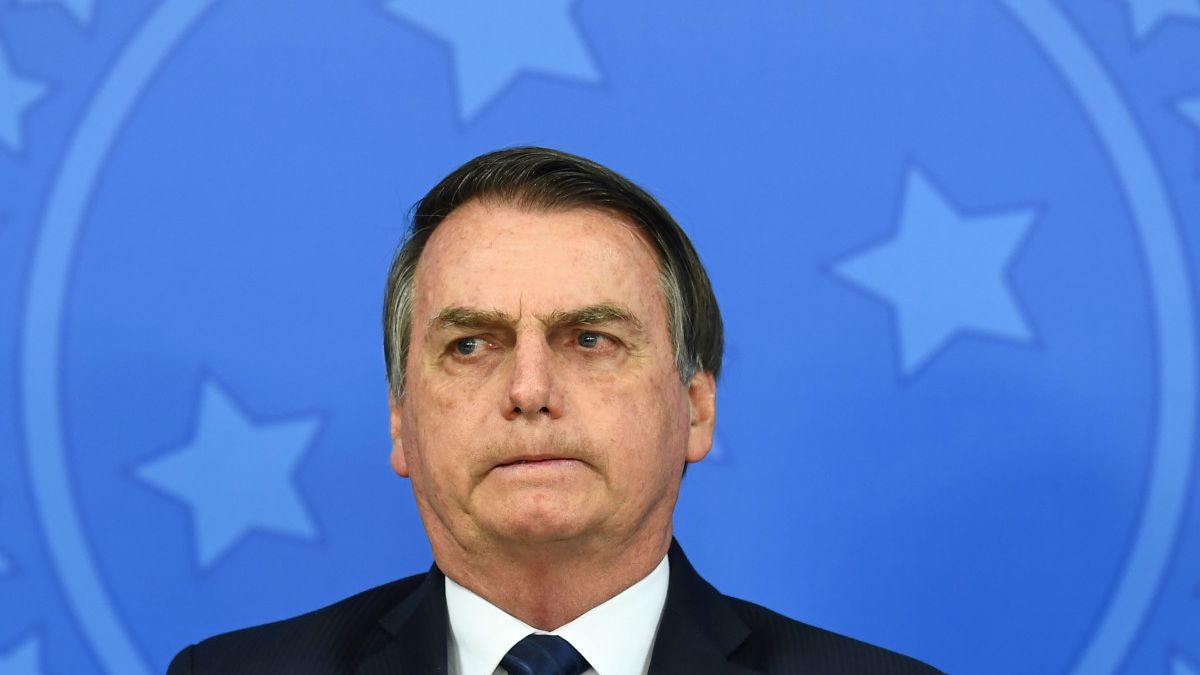What is the supply and demand for a dollar whose price is $350? Infinite. And which one can have one whose value is $900? $1200? $1500? It will depend on the amount of pesos and dollars, someone might say. Even something else: the amount of pesos that are circulating in the economy. Offer and demand.
It’s not difficult to think in the language of relative prices. What are they? The Cristal ball. Well, strictly speaking, they are elementary, basic prices of the economy, from which the rest of the prices derive, to a large extent. Salaries, rates, dollar, to mention a few, main. This is the way in which President-elect Javier Milei understands the economy. He measures the (relative) weight of each one, the historical trajectory, how much or little exorbitant it is. And he professes a creed: These prices tend to assume an equilibrium value at some point. What does that imply? The idea that we will have to release the forces, not from the sky, but from something more concrete: supply and demand. What is the supply and demand for a dollar whose price is $350? Infinite. And which one can have one whose value is $900? $1200? $1500? It will depend on the amount of pesos and dollars, someone might say.. Even something else: the amount of pesos that are circulating in the economy. Offer and demand.
The content you want to access is exclusive to subscribers.
The muted discussion
Yesterday, President-elect Javier Milei said that he estimates he will be able to reduce inflation no earlier than 18 or 24 months into his administration.. This forecast implies something that deserves to be highlighted behind the veil: If in Milei’s stabilization plan there is the idea that prices are in imbalance, it is likely that it senses that it is in its best interest to order them.. Or better yet. In the case of the dollar, they are ordered alone, via the market. First the blue quotes, which would rise as a result of speculation about a virtual future dollarization of the economy. Then, once in power, it is likely that the official dollar will be adjusted, which would bind the informal or blue dollar.. Let the market do it. That’s where the discussion is. The signal from Minister Massa making a team of officials available for the transition, but subject to the leadership of President Alberto Fernández, was responded to with the statement from the Office of the President-Elect, which stated that all responsibility for what happens in The transition is the responsibility of the Government.


Take it you
What are the two most relevant political forces in the country discussing, below the line? One might think that there is not only debate about who will be in charge of releasing the forces of supply and demand. They also implicitly argue over who will pay the political cost of that decision. Another issue is who will really pay that cost. As was said yesterday, there is an author vacuum, a kind of anonymous entelechy that would take over the whole matter. Tensions that emerge and that for now cannot find someone to encapsulate them or, at least, it places the markers on the bullish path that it will surely show.
A hypothesis said in a hallway of the Ministry of Finance: What if Milei mentions, now, that he is going to dollarize to generate a market effect that boosts the price of the dollar in these two weeks? What if she really wasn’t going to dollarize at least in the next two years? Why would he strictly keep this promise if it were not to fuel speculation?
Houston, we have a problem
As is known, Minister Massa will continue to head the Ministry of Economy, most likely monitoring the operation of the announced tools, in the effort to avoid an abrupt devaluation of the peso in the 13 wheels that remain until December 10. The fact to keep in mind is that, as announced, the exchange market would adopt a dynamic similar to that of previous weeks. This implies that the Central Bank will continue with interventions in the secondary bond market in pesos to control – the verb is excessive – the variations of the US bill.
The other data, the exporting dollar, will debut with the 50%-50% scheme in the proportion that can be settled in the CCL and the official one until December 10. In fact, it describes an implicit exchange rate in the $600 area. Along these lines, the possibility of subscribing to LEDIV (exchange rate-adjustable bills) for exporters is eliminated, while financial entities will be able to subscribe to LEDIV on behalf of and at the order of importers.
If allowed, we add a question. What speed will the BCRA give to the slide of the official dollar in the remainder of the transition? They maintain in the market that it will be key to see, starting today, what the reaction of exporters will be to Massa’s new fifty-fifty formula, but also what density the speculation will be made of at the pace of Javier Milei’s statements.
Source: Ambito
David William is a talented author who has made a name for himself in the world of writing. He is a professional author who writes on a wide range of topics, from general interest to opinion news. David is currently working as a writer at 24 hours worlds where he brings his unique perspective and in-depth research to his articles, making them both informative and engaging.




